Someone spilled duty-free liquor by the baggage carousel. I am flying and then bang: I land at Auckland airport. My first impression is the locals are friendly. ‘Don’t worry,’ I tell two airport staff who have rushed over. I pump my left arm. ‘Could I do this if it really was broken?’ The answer, I discover after two days of what doctors airily call ‘discomfort’, is yes.
It starts at the airport. An oxymoronically huge statue of a dwarf glares as we enter Middle Earth, a country turned into a film set by local genius Sir Peter Jackson. By evening we are at Matamata, once known only to horse breeders and farmers. Now it sports a big tourism office in the form of a Hobbit inn. Matamata has become a tourist magnet by being close to Hobbiton, the charming Hobbit village Jackson built for his Lord of the Rings trilogy and which he was fortunately talked out of blowing up after shooting. We check in at a motel. The owner says he’d planned to sell up but a visiting soothsayer told him to wait; a great change was coming. When Lord of the Rings turned the motel into a handy earner the owner went to thank the soothsayer but found he’d died unexpectedly.
Tourists in Jerusalem have been known to suffer ‘Jerusalem syndrome’, leaving them babbling in bedsheets of the Second Coming. New Zealand has a more amiable version. Two tourists in Hobbit capes have set out on foot from Hobbiton to throw a gold ring into a volcano a few days away, as Frodo did to save Middle Earth. Days later, in a forest north of Queenstown, we find German girls in capes, carrying swords.
There are just 4.4 million New Zealanders, but that’s just those who stayed home. Another 650,000, including Tony Abbott’s wife, are in Australia, even though we deny them the dole for their first ten years. It is such a shame. New Zealand is astonishingly lovely, and as I drive one-handed ever-southward I become embarrassed that I’d never before thought of visiting. The ferry to the South Island takes us through the stunning Marlborough Sounds, and by afternoon we are driving between snow-capped mountains and beaches littered with seals. Even the weeds are beautiful, with the roads into the mountains lined with lupins, viper’s bugloss, briar rose, broom, poppies and even foxgloves.
But you can’t eat scenery, and many towns seem poorer, with smaller houses than ours. It is what Australia would be without coal and iron ore. Still, the vast exodus of ambitious young Kiwis is good for backpackers, who seem to fill every second waiter’s job in the south. I ask a Queenstown taxi driver why working visas are handed out so freely when the country’s unemployment rate is over 6 per cent. ‘It wouldn’t be fair to make someone with a family in, say, Christchurch move up here for work,’ he says slowly, as if no one ever asked before. That afternoon we see a band of men singing their hearts out, busking in the rain. They tell me they are from Vanuatu, come to pick fruit.
New Zealanders are lucky Maori chiefs in 1840 signed the Treaty of Waitangi, accepting British rule. Sure, this institutionalised racial politics, but it stopped excessive breast-beating about ‘invasions’. Bottom line: you agreed to it, boys. If only the British had found Aboriginal political structures sophisticated enough to treaty with. But New Zealand has not escaped other evils of the fashionable race industry, including indigenous ‘ownership’ of history. Wellington’s Museum of New Zealand tells the Maori story exclusively from the perspective of Maori curators, who insist the first Maori sailed to New Zealand from deep in the Pacific in a triumph of navigation. But how could they have known the islands were there to find? And where’s the evidence some sailed back home to tell the rest to come over? In Christchurch it’s worse. A film in a museum devoted to the city’s devastating earthquake three years ago explains it was caused by a Maori embryonic spirit kicking in its earth-womb.
It is a shock how much of central Christchurch is gone or still boarded up as unsafe. The shopping hub remains a bunch of shipping containers, albeit smartly fitted out. The Anglican cathedral is still torn open like something out of Dresden, 1945. Rebuilding is estimated to cost more than $40 billion, and some owners will conclude it’s cheaper to move somewhere safer. Yet in 1931 an even deadlier earthquake and fire destroyed Napier, and in three years much of that city was rebuilt so attractively in the Art Deco style that we went to admire.
A Maori chief asks us to take back our possums and I feel obliged to at least bring back socks of possum fur. But on the whole New Zealanders regard introduced animals as a good thing, which isn’t the Green vibe at all. The salmon is worshipped, the deer make excellent pies and beehives everywhere give the countryside a welcoming domesticity. And there’s the national animal. On one day of driving I see three statues to sheep, including Shrek, nationally famous for being found massively fleeced after years on the run. How refreshingly grounded.
It’s cold, with summer snow falling on mountains from Kaikoura to Southland. Still, a man from Chicago tells me he’s dodged record cold back home. But flying back into Melbourne I find our warmists again hyping a local heat wave as a proxy for a worldwide heating. Attention, warmists, There is more to the world than Australia. I have discovered New Zealand.
Got something to add? Join the discussion and comment below.
Get 10 issues for just $10
Subscribe to The Spectator Australia today for the next 10 magazine issues, plus full online access, for just $10.
Andrew Bolt is a columnist with News Limited papers and host of The Bolt Report on Network Ten.
You might disagree with half of it, but you’ll enjoy reading all of it. Try your first month for free, then just $2 a week for the remainder of your first year.


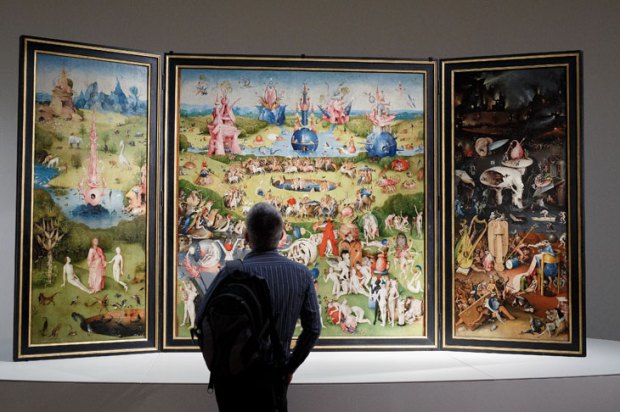
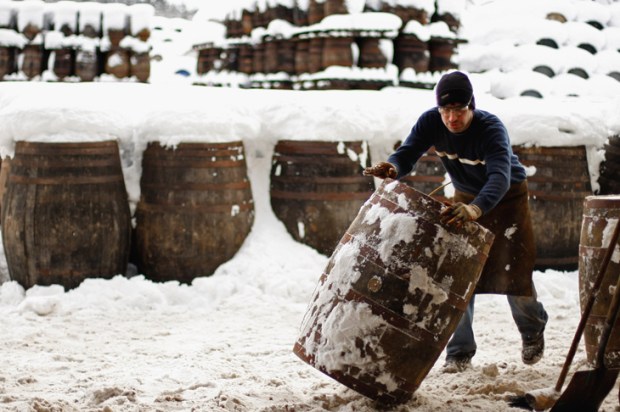
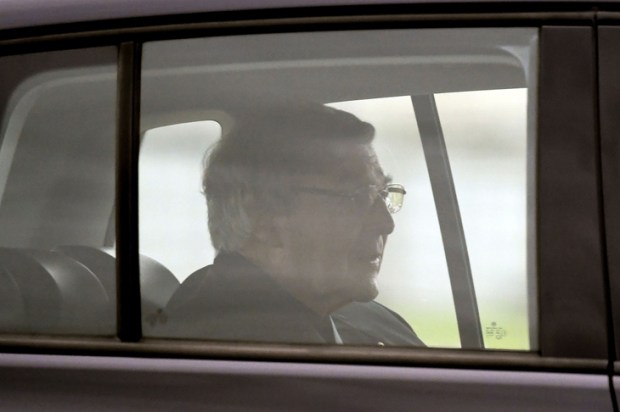
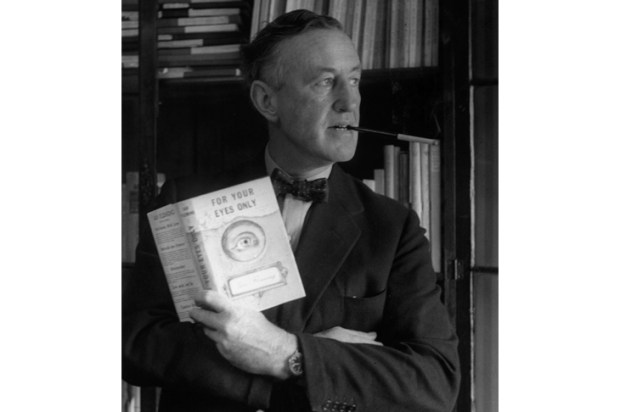
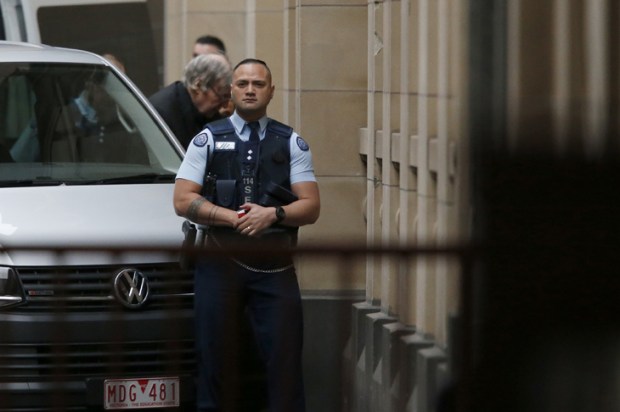






Comments
Don't miss out
Join the conversation with other Spectator Australia readers. Subscribe to leave a comment.
SUBSCRIBEAlready a subscriber? Log in